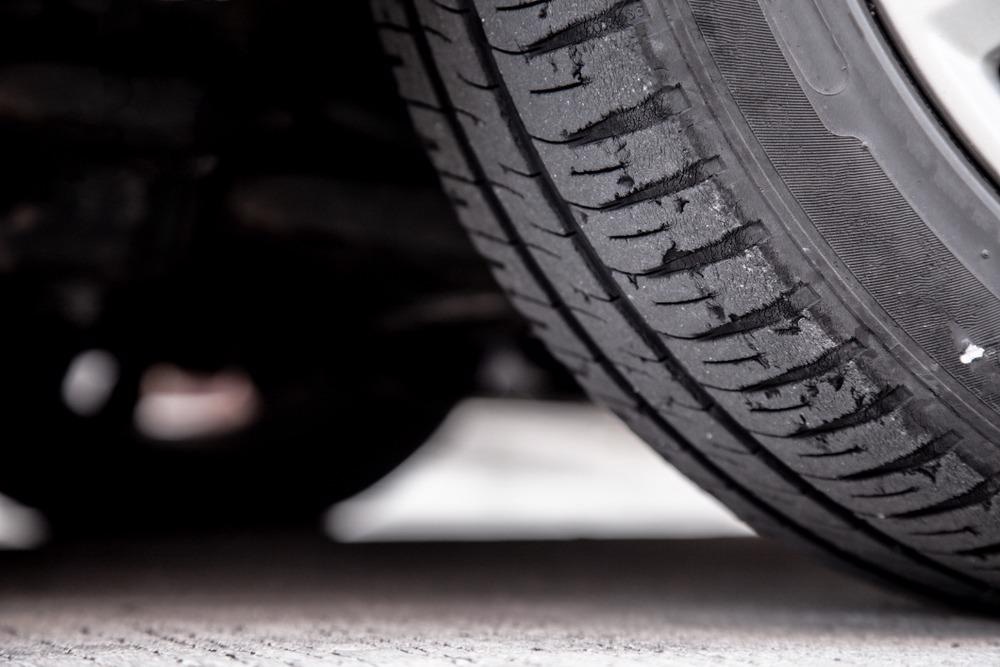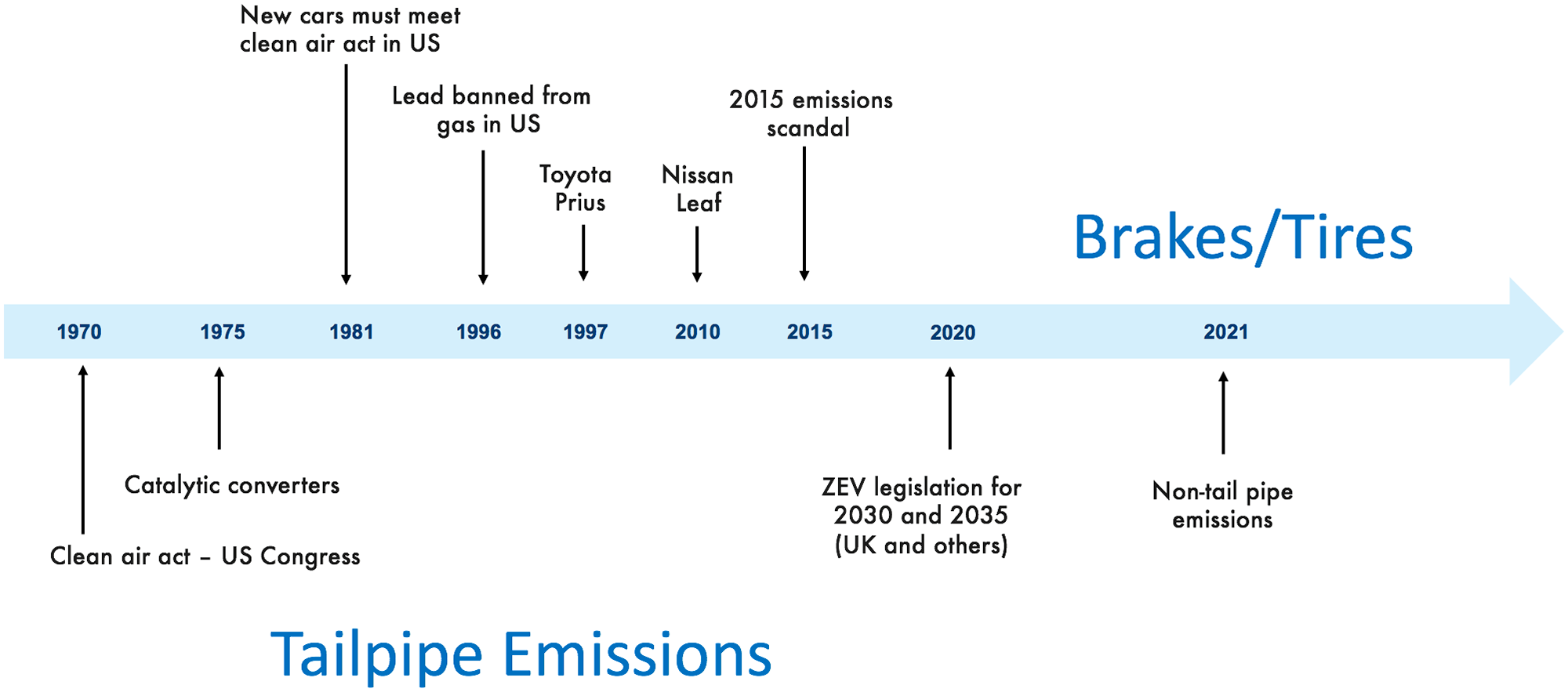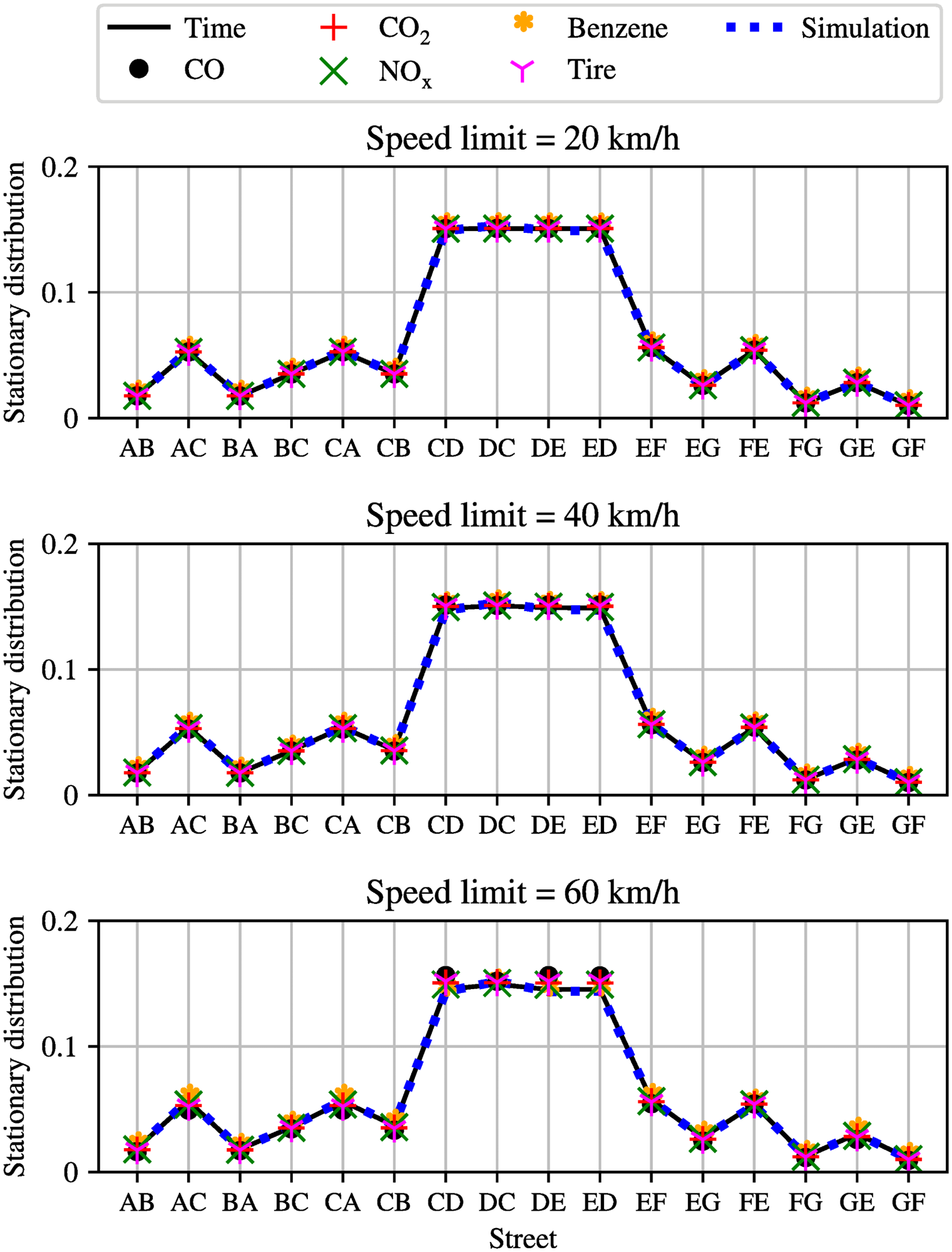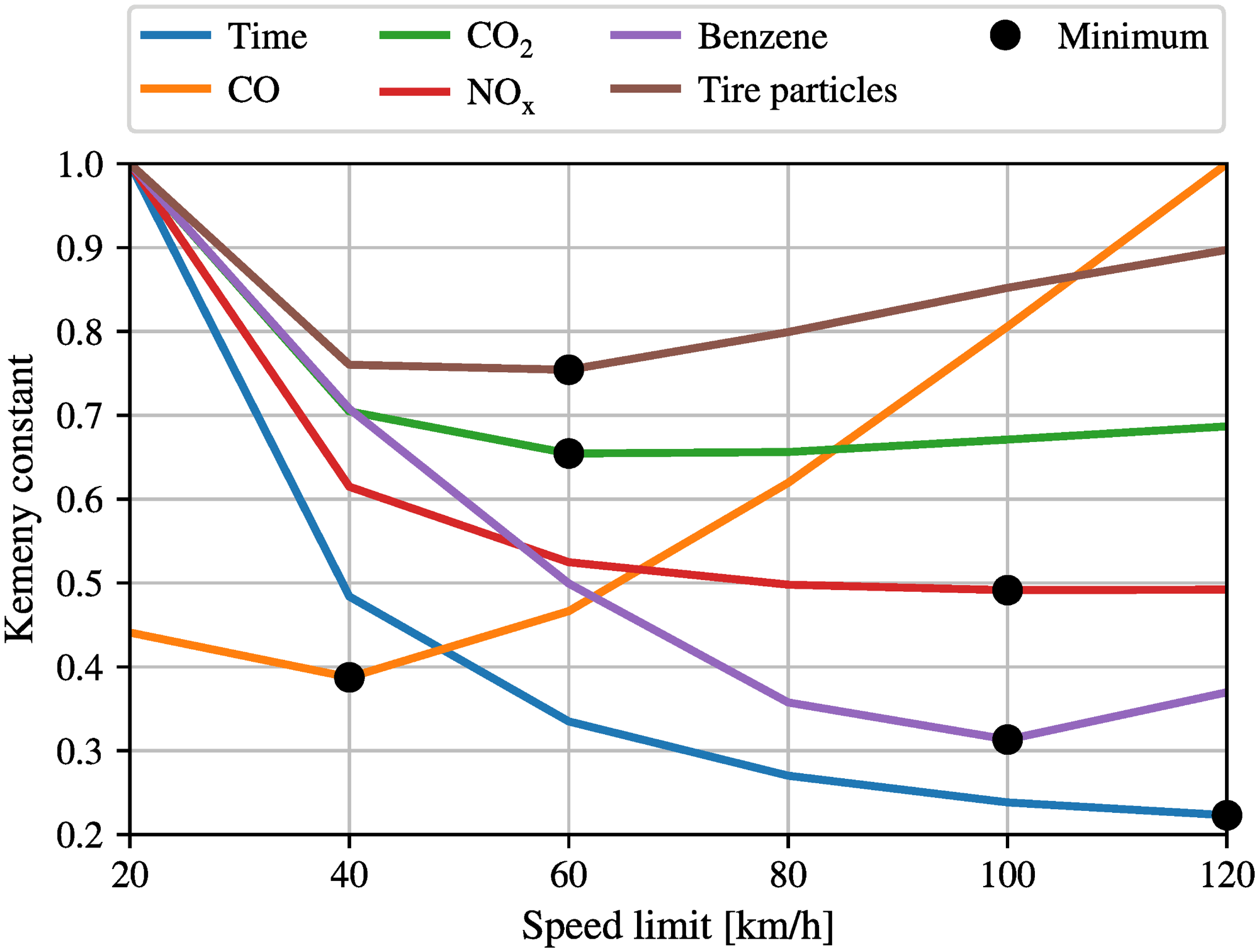A group of researchers has published a paper in the journal PLoS One, which proposes a model based on ideas formed using Markov chains in order to monitor and mitigate microparticles emitted from tires.

Study: Markovian city-scale modelling and mitigation of micro-particles from tires. Image Credit: Nitiphonphat/Shutterstock.com
Electric vehicles (EVs) are a figurehead of the global energy transition as the transport sector alone contributes to around 16% of global greenhouse gas emissions. While EVs alone can’t achieve the energy transition as part of a system, they will. However, EVs are often much heavier and have increased torque capabilities due to the weight of the batteries which generates other concerns surrounding emissions from tire wear.
“The fact that the topic is relatively unexplored and unknown (by the general public) in the context of automotive engineering is very surprising given the rate at which tire mass abrades and contributes to particulate matter (PM) in moving vehicles,” says co-author Roman Overko PhD researcher in Control Engineering and Decision Science at UCD, Dublin.

Evolution of recent vehicle emissions narrative, and emerging non-tailpipe emissions concerns. Image Credit: Singer G et al., PLoS ONE
Particulate Matter
Particular matter (PM) is a term that typically refers to a type of pollutant consisting of a complex mixture of solid particles and liquid droplets found in the air. Some particles such as dirt, dust, soot, or smoke can be seen with the eye, whereas others are so small they can only be detected using an electron microscope.
Tires on vehicles are typically manufactured from materials that derive from fossil fuels, and as these tires on vehicles wear, they start to emit particulate matter. The increased weight and torque of EVs mean that they often emit more tire PM than conventional internal combustion engine (ICE) vehicles.
While a lot is known about tire PM and the emissions that vehicle tires can generate the impact on human health and the environment is still not fully understood and given the rate in which tires wear and contribute to PM this seems a surprising detail. According to the World Health Organization (WHO) the daily maximum safe level on average is 25 μg/m3, while the annual maximum permitted levels average 10 μg/m3. For PM10, the maximum levels permitted are around 50 μg/m3 and 20 μg/m3 on a daily and annual basis, respectively.
“Some of the known health effects related to PM include oxidative stress, inflammation and early atherosclerosis. Other studies have shown that smaller particles may go into the bloodstream and thus translocate to the liver, the kidneys or the brain,” explains Overko. Therefore, it seems sensible to acquire further data for modeling and developing strategies to help tackle this invisible issue.

Distribution of emissions for the simple network with different speed limits, namely 20, 40 and 60 km/h, in the entire network. Image Credit: Singer G et al., PLoS ONE
Markov Chains
A Markov Chain is a stochastic model that describes a sequence of possible events in which the probability of each event depends only on the state attained in the previous event. Markov chains can be applied as statistical models of real-world processes including studying systems in motor vehicles and traffic systems.
The researchers used the Markovian model because they are particularly well-suited to traffic systems due to their close association with graphs but also because they offer advantages over traffic simulation programs for three principal reasons: Firstly, the Markovian model offers access to predictions in an efficient manner, especially in contrast to Monte-Carlo based approached based on vehicle simulators.
Secondly, in response to the previous point, the parameters of mathematical models can be easily modified to evaluate traffic management strategies, without the need for ensembles of complex simulations. Finally, by developing a Markovian (transition matrix) approach to traffic modeling, there is a significant advantage in drawing from a suite of analytics that has been developed to analyze Markovian systems over the past century.
The team then took the Markovian model and applied it to model tire emissions in order to develop city-scale models of tire pollution as detailed in the paper. Through analyzing a number of factors such as vehicle speed, acceleration, and braking, they were able to propose a method to collect key information on tire PM emissions.

Kemeny constants for the simple network with different speed limits in the entire network. Image Credit: Singer G et al., PLoS ONE
Building Future Strategies
By developing city-scale models of tire pollution, both airborne and non-airborne, the researchers could generate key data that could help shape future policy that protects the environment and human health.
Building future strategies that mitigate the impact of tire wear and PM pollution is crucial in the context of the energy transition and shift from ICE vehicles to EVs and could also help tire manufacturers consider alternative materials and develop new fabrication methods.
Furthermore, this research also demonstrates that concerns around the environment and human health are part of a complex system in which all changes and modifications to existing technologies need to be considered.
References
Singer G, Overko R, Yilmaz S, Crisostomi E, Shorten R (2021) Markovian city-scale modelling and mitigation of micro-particles from tires. PLoS ONE 16(12): e0260226. https://journals.plos.org/plosone/article?id=10.1371/journal.pone.0260226
Baensch-Baltruschat B., Kocher B., Stock F., and Reifferscheid G., “Tyre and road wear particles (TRWP)—A review of generation, properties, emissions, human health risk, ecotoxicity, and fate in the environment”, Science of The Total Environment, Vol. 733, 2020. pmid:32422457
World health organization, Ambient Outdoor Pollution https://www.who.int/
Disclaimer: The views expressed here are those of the author expressed in their private capacity and do not necessarily represent the views of AZoM.com Limited T/A AZoNetwork the owner and operator of this website. This disclaimer forms part of the Terms and conditions of use of this website.